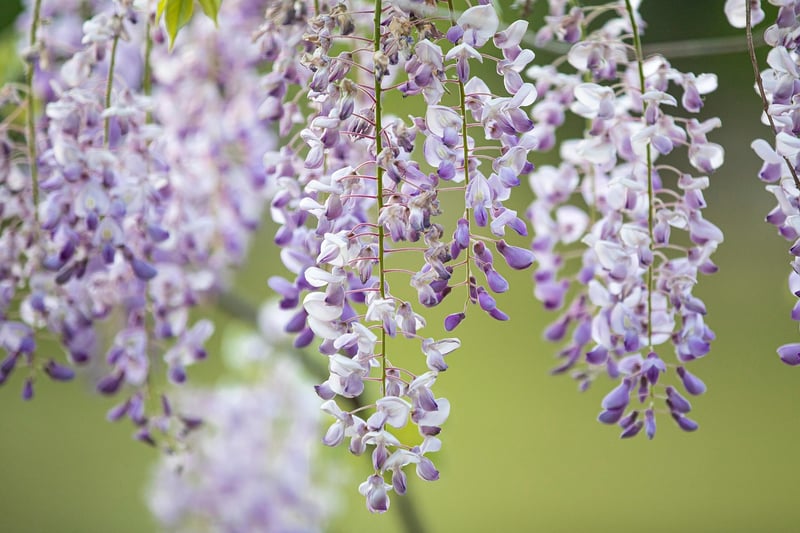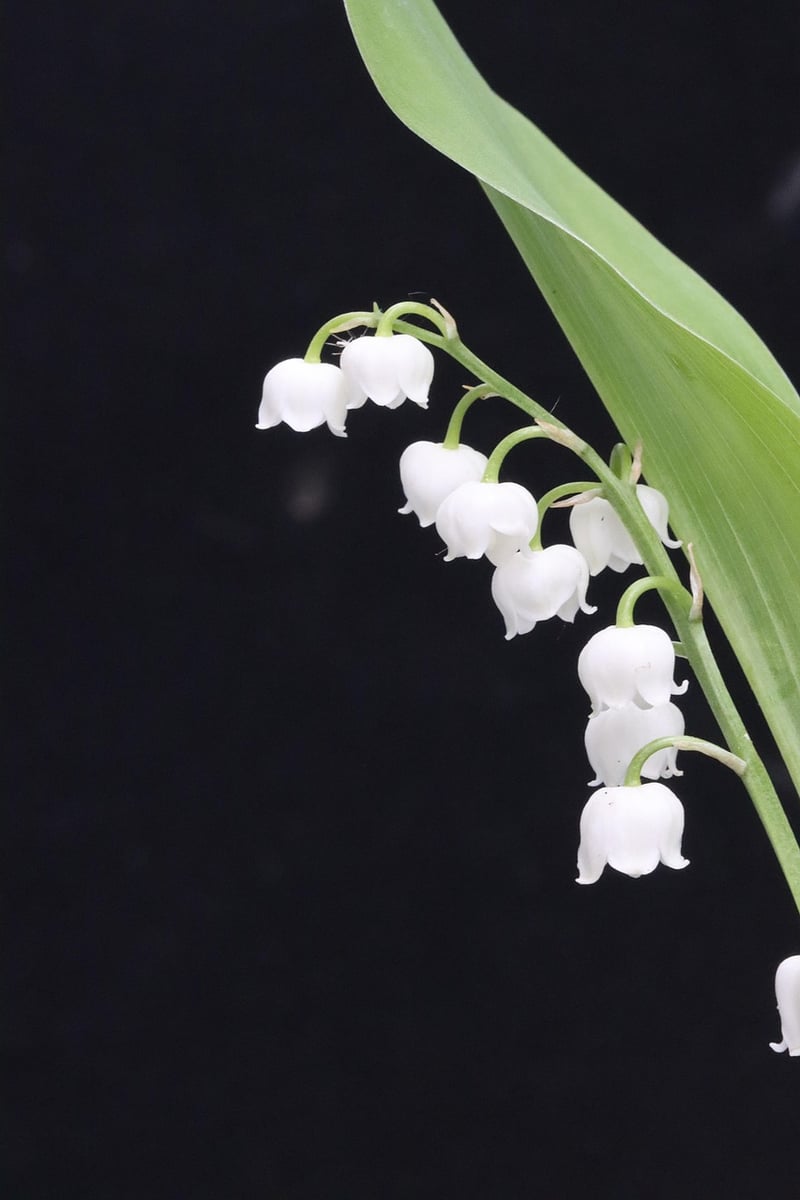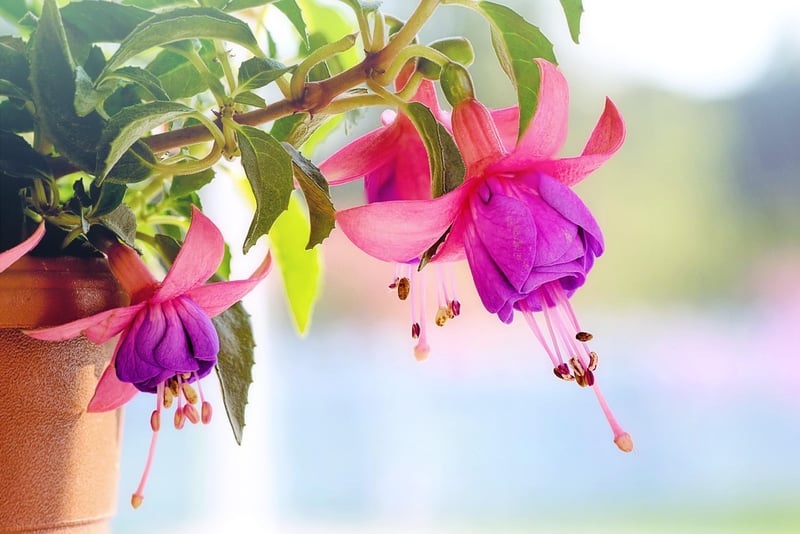Hanging Gardens
The Beauty of Vertical Gardening: Creating Hanging Gardens

Vertical gardening is a wonderful way to maximize space and bring greenery into your home, even if you have limited floor space. One of the most popular forms of vertical gardening is creating hanging gardens, where plants are suspended in the air, either indoors or outdoors.
Benefits of Vertical Gardening:
- Maximizes space utilization
- Enhances visual appeal
- Improves air quality
- Creates a calming environment
- Easy access for maintenance
Creating Your Own Hanging Garden:
Here are some steps to help you create your very own hanging garden:
- Choose the right plants that suit the light conditions of your space.
- Select suitable containers like hanging baskets, wall planters, or repurposed items like mason jars.
- Ensure proper drainage by either drilling holes in the containers or adding a layer of gravel at the bottom.
- Use a sturdy hook or bracket to hang your garden, ensuring it can support the weight of the plants and soil.
- Water your hanging garden regularly, as they tend to dry out faster than traditional gardens.
Best Plants for Hanging Gardens:
Not all plants are suitable for hanging gardens. Here are some ideal choices:
- Spider Plant
- Pothos
- Succulents
- English Ivy
- Ferns

Whether you live in a small apartment or a spacious house, vertical gardening and hanging gardens can add a touch of nature to your surroundings. Get creative with your plant selection and arrangement to create a stunning green oasis in any space!
Remember, when creating your hanging garden, consider factors like light, humidity, and your plant's watering needs to ensure they thrive in their suspended environment.
Start your vertical gardening journey today and watch as your hanging garden transforms your living space into a lush and vibrant haven!
